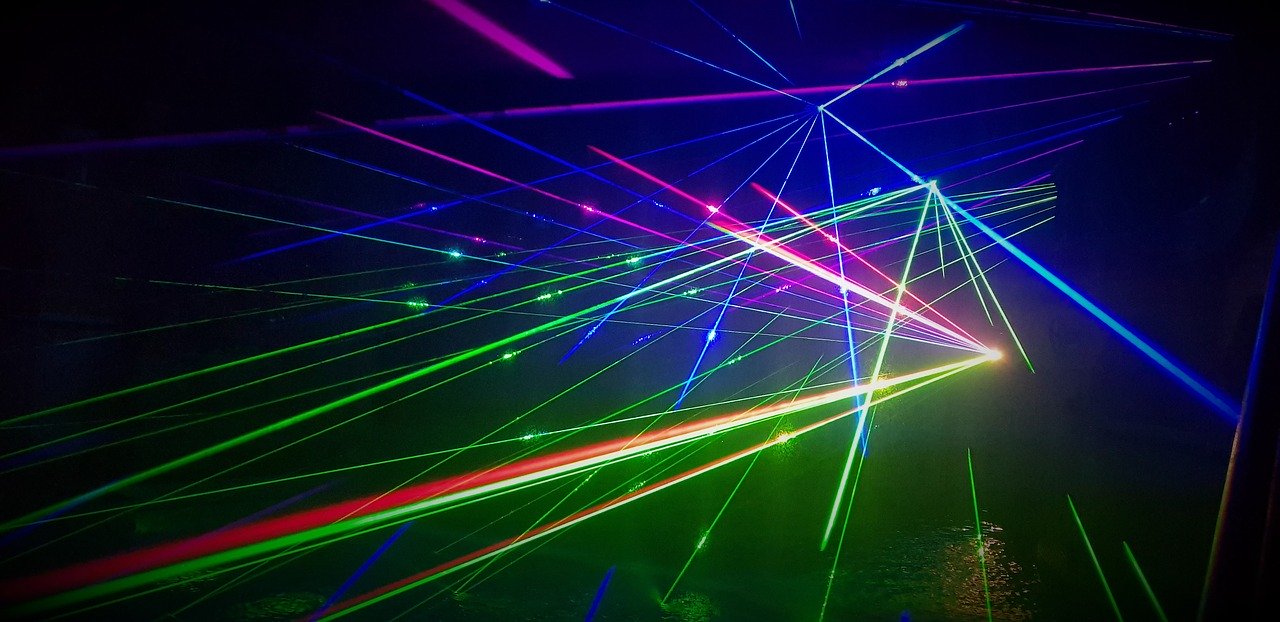This post is also available in:
 עברית (Hebrew)
עברית (Hebrew)
Small, high-powered lasers are “easy to disguise and bring into environments without detection. For example, such systems could be hidden in a delivery van or in a truck carrying supplies. Small lasers could be hidden in a backpack and carried into public venues,” according to a US DoD solicitation.
The US Defense Advanced Research Projects Agency (DARPA) is looking for a lightweight, wearable sensor that can detect when those lasers are targeting U.S. servicemembers. DARPA wants small businesses to develop a wearable sensor capable of detecting laser irradiation near-instantaneously, day or night, according to nextgov.com. The main goal is to “warn personnel of potential ocular damage or damage to electro-optical and infrared sensors in near-real time,”
While DARPA is chiefly interested in protecting Defense Department personnel, the call notes this technology could be of great use in the private sector, as well, with potential markets in the airline and commercial aviation sector.
“The system must have very low weight and volume; detect and alert of lasing in real time; and detect laser illumination over the visible to shortwave infrared region of the electromagnetic spectrum,” the solicitation states.
Ideally, the tech will weigh less than 3.5 pounds—1.6 kilograms—including the device at no more than 100 grams and a “rechargeable conformal wearable battery” that weighs in at less than 1.5 kilograms, including wiring.
The system must be able to be powered on continuously for 72 hours and be “comfortable to wear and be easily integrated into existing military use headgear,” the call states. “The system should also be compatible with integration into standard civil and military issued headgear without significantly increasing the bulkiness or weight.”
The major challenge would be, as DARPA anticipates, to ensure the system only detects laser irradiation, particularly at such a diminutive size and scale. “The system should not react to bright non-laser sources such as solar phenomenon, flares, background light, thermal light, headlights.. and other sudden bursts of high intensity light not related to laser illumination as these would be considered system false alarms and degrade functional performance,” the call states.


























